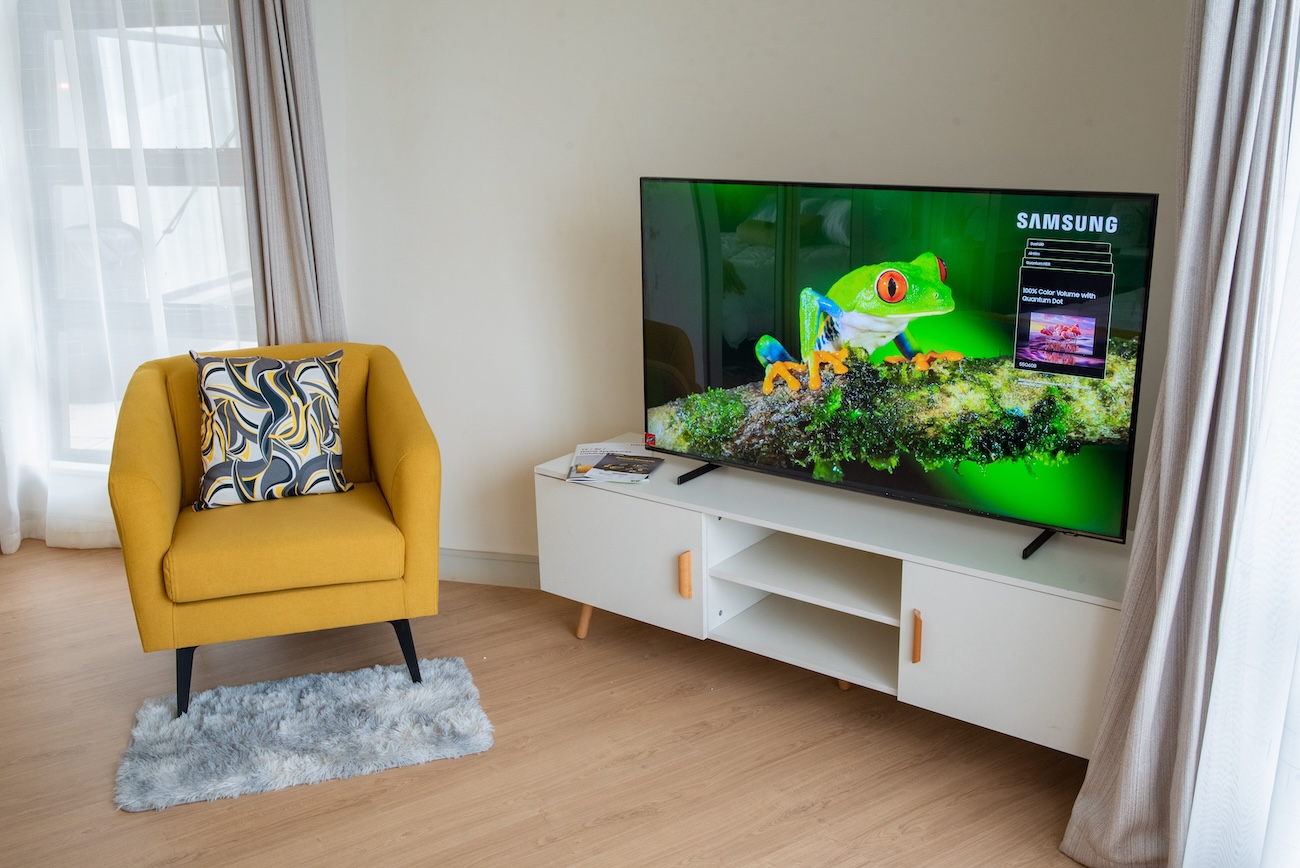
There is no doubt that television has been a cornerstone in the evolution of global communication, serving as a powerful medium that transcends borders and cultures. Its ability to disseminate information, entertain, and influence public opinion has made it an integral part of the modern world.
The first televised images were transmitted in black and white, marking a revolutionary leap in visual communication. The grainy, monochromatic broadcasts laid the foundation for the visual storytelling medium that would soon become a staple in households around the world.
In its early stages, television offered a handful of channels with limited programming. Families gathered around their sets to watch news, variety shows, and scripted content. The programming was scheduled, and viewers had fewer choices compared to the plethora of options available today.
The current generation has no idea how television used to be back in the day. Things and times have changed. The greatest leap was the evolution from black-and-white broadcasts with limited channels to the digital age which has shaped not only the medium itself but also the way we consume and interact with content.
Technological advancements within the television industry
The color television: This was one of the greatest inventions in the television industry; moving away from black and white as people knew TV to be to a colored television where people watched and viewed components in their organic form. The arrival of colour television was a long journey that saw domestic innovation and international influence bring colour images to viewers’ screens.
High-Definition (HD) and Ultra-High-Definition (UHD) Resolutions in television: As technology continued to advance at a rapid pace, HD TV options abound, offering consumers a profusion of choices in entertainment display. While ultra-high-definition television sets a new standard for excellent visuals and colours, full high-definition television remains a popular choice among consumers. FHD TVs offer an incredibly high resolution, providing excellent picture quality without the premium price tag of UHD TVs. HD provided a sharper and clearer picture quality, while UHD, also known as 4K, took it a step further with four times the number of pixels.
Cable and Satellite TV: By the early 2010s, cable TV had become a commodity, but its origins had begun decades earlier. Cable TV started as Community Area TV (CATV) in 1948 in the remote areas of Pennsylvania, Oregon, and Arkansas. CATV allowed households to get a TV signal. When satellite television first hit the market in the early 1990s, home dishes were expensive metal units that took up a huge chunk of yard space. In these early years, only the most die-hard TV fans would go through all the hassle and expense of putting in their dish. Satellite TV was a lot harder to get than broadcast and cable TV. Today, you see compact satellite dishes perched on rooftops all over the United States. Drive through rural areas beyond the reach of the cable companies, and you’ll find dishes in just about every house.
Organic Light Emitting Diode OLED TV: OLED TVs achieve impressive effects through electroluminescence. As Cnet explains, “Each tiny OLED pixel in the screen creates light depending on how much electric current you send it.” That is what makes it possible to get the ultimate level of contrast, a key to “excellent picture quality.” “Since OLED can produce a perfect black, emitting no light whatsoever, its contrast ratio (expressed as the brightest white divided by the darkest black) is technically infinite,” Cnet explains.
The Digital Era of Television
The Shift from Analog to Digital: The transition from analogue to digital broadcasting marked the beginning of the digital television era. This shift improved picture and sound quality and enabled broadcasters to offer multiple channels within the same bandwidth, paving the way for a more diverse range of programming.
The Rise of Streaming Services: One of the most significant impacts of the digital era on television is the rise of streaming services. Platforms like Netflix, Hulu, Amazon Prime Video, and Disney+ have redefined television consumption by offering on-demand access to vast libraries of content. Unlike traditional television, where viewers are bound by broadcast schedules, streaming services allow audiences to watch what they want, when they want, and on any device with internet access.
Personalized Viewing Experiences: Digital technology has enabled a more personalized viewing experience. Streaming services use algorithms to recommend content based on viewers’ preferences and viewing history, creating a tailored entertainment experience. This personalization extends to advertising as well, with targeted ads that are more relevant to individual viewers, enhancing engagement and effectiveness.
Interactive and Social TV: The digital era has also introduced interactive and social elements to television. Interactive TV allows viewers to engage with content in real time, such as voting on reality shows, participating in polls, or accessing additional information about what they are watching. Social media platforms have become integral to the television experience, with live-tweeting, fan discussions, and online communities adding a new layer of engagement. This interactivity has transformed television from a solitary activity into a shared social experience.
The ever-changing habits of television consumers
Television is one of the technologies that have led to a constant alteration in peoples’ perceptions and attitudes. With the evolution, so is the viewing experience and different consumption habits. The days when we used to have several electronic devices to manage our daily tasks are gone. Virtually everything, including television, has been replaced by the prevalent use of modern-day mobile phones. Nowadays consumers have developed the habit of searching on their smartphones for what they saw on TV, heard on the Radio, or saw on a Billboard.
What is more, online streaming platforms appeared in the mid-2000s and forever changed the way viewers consume television content. More time spent at home during lockdowns further increased the trend toward on-demand platforms including Netflix, Disney Plus, and Amazon Prime.
At the same time, study shows that more TV consumers are binge-watching and streaming content online. Furthermore, more than five hours a day are spent online consuming TV content, especially by male respondents, all thanks to the evolution in television technology.
What is the future of television?
The future of television is already here with giants such as Samsung making this happen. For instance, Samsung’s latest AI TV strives to enhance the viewing experience and integrate advanced technology into people’s lives so seamlessly that they barely notice. Samsung’s AI TV, 2024 Neo QLED 8K QN900D, is equipped with the 8K NQ8 AI Gen3 Processor, the company’s most powerful processor to date, as well as a neural processing unit (NPU) that runs twice as fast as its predecessor.
The future of TV will be banked on breathtaking pictures, sound quality, and stunning designs, making them the centerpiece of users’ homes to give a hyper-connected experience. It will be pegged on deals to allow consumers to upgrade their TVs into future-ready products.
There is no doubt that a major trend is TVs being positioned as control centers for the connected home. Wilkinson explained how brands like Samsung push entire ecosystems of products that can be controlled and monitored through the TV screen. For example, Samsung demonstrated using the TV to view a map of the home and control devices. “It’s about the ability of a TV set to connect to streaming and do targeted ads,” Heiss noted, underscoring how monetization is shifting away from the TV itself.
Follow us on Telegram, Twitter, and Facebook, or subscribe to our weekly newsletter to ensure you don’t miss out on any future updates. Send tips to editorial@techtrendsmedia.co.ke


